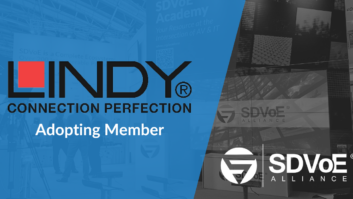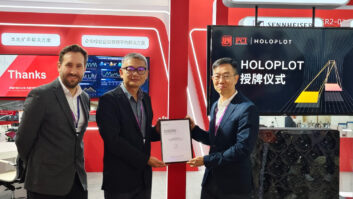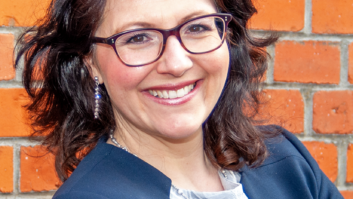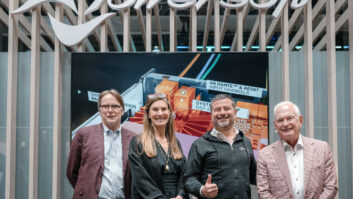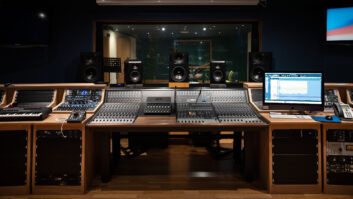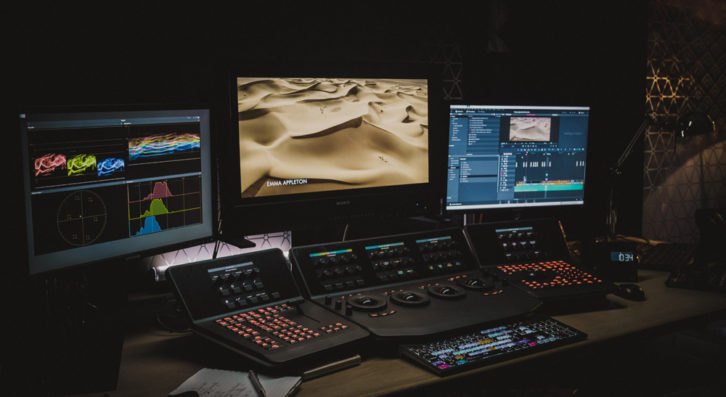
Gorilla Group has selected DaVinci Resolve Studio as part of its new facility expansion.
Designed by Jigsaw24, the system features a dual boot, HP Z8 workstation running Linux and Windows, alongside an external crate featuring three NVIDIA Titan V 12GB graphics cards, 12 SSD slots for local storage and 40GB Ethernet. The suite relies on Sony BVM-X300 and Dolby PRM 4200 reference monitors.
“We built the system after being tasked to grade a six-part episodic drama for Channel 4 and Netflix in collaboration with Goldcrest Post’s Jet Omoshebi,” said Richard Moss, Gorilla Group managing director.
“Traitors was our first time working in Dolby Vision, and we aimed to replicate Jet’s setup at Goldcrest to facilitate the process as much as possible. Since building the crate, it has become our IMF delivery transcoder box also.”
Gorilla had to over some technical challenges to deliver the grade on Traitors and win its status as a Netflix preferred vendor.
“It’s a steep learning curve learning to deliver through the Netflix IMF workflow, and so we worked closely with Dolby and Netflix’s colour science teams to implement an ACES colour pipeline,” explained Moss.
DaVinci Resolve’s full nonlinear editor (NLE), together with its industry-standard grading toolset, was a significant factor in the Gorilla Group’s decision to implement it.
“We first had to produce a Dolby Vision grade for Netflix, then an SDR trim for Channel 4, where the series was premiering,” said Moss. “Channel 4 has ad breaks, whereas Netflix required uninterrupted video. On top of that, we had international deliveries to handle, as well as both graded and ungraded archival masters. DaVinci Resolve enabled us to bring it all together.
“By the end we had so many deliveries that round-tripping through separate finishing and grading suites, dropping in visual effects, and going back and forth, you’ve got to do it in both systems in parallel. We managed to negate all of that by staying in DaVinci Resolve for the entire process.”
Ultimately, ease of workflow is crucial, according to Moss. “When you’re doing 60 episodes off something you have to apply common sense and find the most practical solution.
“The availability of editors and colourists who now know DaVinci Resolve is excellent which made our decision to implement it that much easier. In fact, we’ve just had a second suite of Resolve to handle new client demands.”
